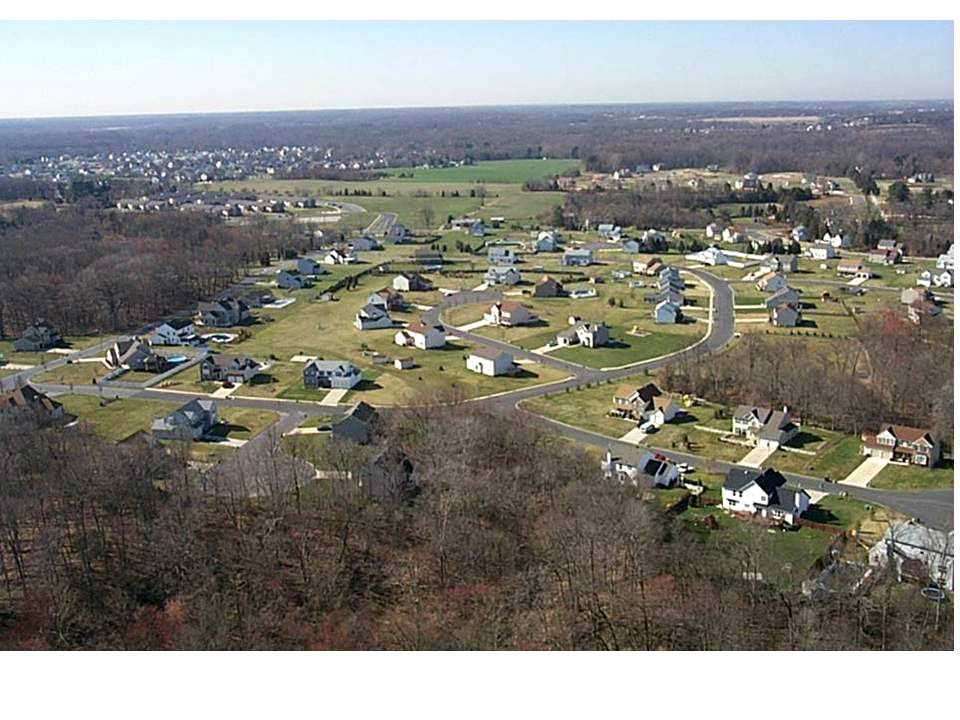New Jersey Future Blog
Two Homes, One Roof: Making NJ More Welcoming with ADUs
June 25th, 2021 by Tim Evans

Accessory dwelling units (ADUs) are an often overlooked and underutilized solution to the affordable housing shortage we face in New Jersey and across the Northeast. An ADU can be built as a separate dwelling unit in the backyard of a detached home on a single-family lot, or can be created from existing space by converting a garage, basement, or attic, or can be built as a self-contained addition onto an existing single-family home.
At the 2021 New Jersey Planning & Redevelopment Conference, co-hosted by New Jersey Future and the New Jersey Chapter of the American Planning Association, a session entitled Two Homes, One Roof: Making NJ More Welcoming with ADUs discussed the importance of ADUs and their potential as a strategy for increasing the state’s housing options. Speakers included Nat Bottigheimer, New Jersey Director of the Regional Plan Association, Dean Dafis, Deputy Mayor of Maplewood Township, Christine Newman, Director of Community Outreach at AARP New Jersey, Mia Sacks, Councilwoman for the Municipality of Princeton, and Julia Stoumbos, Director of the “Aging in Place” program at the Henry and Marilyn Taub Foundation.
Nat Bottigheimer talked about the Regional Plan Association’s July 2020 report Be My Neighbor, which outlined strategies to create more homes and emphasized how valuable ADUs can be for seniors who want to age in place, families who’d like to earn extra income from their home, and anyone who cannot afford a single-family home. Julia Stoumbos seconded the point about seniors, noting how ADUs can help solve many of the challenges that confront people seeking to remain in their community as they age. “The prohibitive cost of maintaining a home is one of the most commonly mentioned challenges in surveys of older people,” she said. Moving into an ADU reduces the responsibilities for maintenance, and also reduces or eliminates the need to pay property taxes, which Stoumbos cited as another frequent obstacle to aging in place for older people no longer earning a steady income.
Christine Newman talked about the surging growth in the 65+ population, as the Baby Boomers age into retirement, and the need for housing markets to adjust to this reality. Adults living alone (including a substantial number of older people) now account for 30% of all households, but Newman observed that “housing markets remain fixated on the ‘nuclear family’ household and the single-family-detached house. We need to expand our imagination, in terms of the types of housing units we build.” She said we need to rediscover how to include ADUs in our housing stock, along with many other types of “missing middle” housing that were common up through the 1940s.
A major obstacle to ADUs is that local zoning often does not allow them. How do we change that? Maplewood and Princeton have each made progress promoting diverse and inclusive housing, and Mia Sacks and Dean Dafis each talked about how they shifted public opinion in favor of needed zoning changes in their respective towns. Both local leaders observed that the best way to sell ADUs to the public is to describe them as a way to help older residents age in place. Sacks said she even used her own mother as an example of how ADUs can enable seniors to continue paying their property taxes. Newman echoed the importance of getting local residents to tell their stories, saying that “personal stories are key for community engagement and buy-in, especially when it comes to NIMBY-ism (Not In My Back Yard). They reframe the conversation from ‘they/them’ to ‘us/we’.”
For towns that are open to allowing ADUs, Newman said that AARP has a model local ordinance that towns can use as a guide. As another resource for building support for such an ordinance, she also pointed to AARP’s 2019 report The ABCs of ADUs, which provides a primer for communities interested in better understanding how ADUs support Age-Friendly Community Building.
But Dafis said municipal leaders need state laws to support their efforts to make ADUs available to everybody who needs them. The panelists agreed that they wished public sentiment were more open to offering opportunities to the many kinds of people that could benefit from living in an ADU, not just older people who already live in town. Dafis said a major challenge is overcoming existing residents’ stated concerns about “changing the character of the community,” language he said harkens back to the country’s ugly history of redlining, in terms of using housing laws to keep out certain kinds of people. Bottigheimer commented that Connecticut recently passed a law that bans the use of “character” in local land-use ordinances unless the town can quantify what it means by that term. A similar bill in New Jersey that permitted ADUs “as of right” might help to undo the state’s status as one of the most segregated in the country.
Related Posts
Tags: Accessory dwelling units, ADUs
















